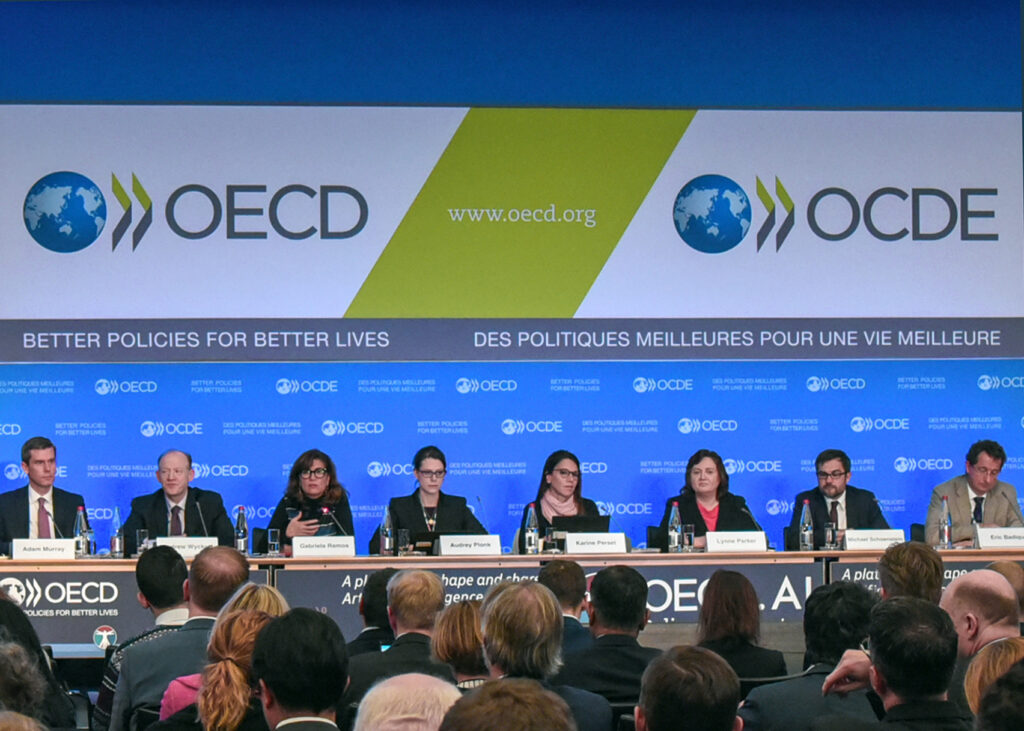- +212 611-650826
- contat@r-berroho.com
- 9704 Ziegler Ave Las Vegas , NV 89148. USA

I. Introduction
International tax treaties play a crucial role in promoting cross-border investment and preventing double taxation. Articles 7, 9, and 10-12 of the OECD[1] and UN Model Tax Conventions provide the foundational framework for allocating taxing rights over business profits, intercompany transactions, and passive income streams such as dividends, interest, and royalties. For developing economies like Morocco, these provisions are critical for safeguarding domestic revenues while attracting foreign investment. However, their application raises several challenges, from interpreting treaty provisions to addressing modern business complexities like digitalization and intangible assets.
This article examines the application of Articles 7, 9, and 10-12 in Morocco and Africa, highlighting critical issues, proposing innovative solutions, and drawing lessons from international case law. It underscores the importance of regional collaboration, advanced pricing mechanisms, and technology-driven compliance in navigating the complexities of modern taxation.
II. Understanding Articles 7, 9, 10-12 of the OECD and UN Models

Article 7 governs the taxation of business profits, granting taxing rights to a source country if a foreign enterprise maintains a permanent establishment (PE) within its borders. The rise of digitalization has complicated the interpretation of PE thresholds, as businesses can generate significant revenues without a physical presence.
Critical Issue: PE determination often excludes digital businesses and creates disputes over profit attribution.[2]
Proposed Solution:
Morocco can adopt PE standards reflecting OECD Pillar One proposals to capture profits from global digital platforms operating within its jurisdiction.[3]
Article 9 enforces the arm’s length principle for intercompany transactions, requiring that related entities transact as though they were independent parties. This principle is vital to preventing profit shifting, but its application is hindered by limited access to reliable comparables, especially in Africa.
Critical Issue: Transfer pricing (TP) disputes frequently arise from differing interpretations of the arm’s length principle. The scarcity of local comparables and subjectivity in functional analyses complicates compliance with Article 9.
Proposed Solution:
Articles 10-12 address the allocation of taxing rights for passive income streams, reducing withholding tax rates to promote cross-border investment. However, disputes frequently arise over the classification of income and the potential for treaty shopping.
Critical Issue: Misclassification of payments and treaty abuse undermine fair taxation while creating compliance burdens for taxpayers. The improper classification of payments (e.g., as royalties vs. business profits) further complicates enforcement.
Proposed Solution:
III. Comparative Analysis of OECD and UN Models
The OECD Model Tax Convention prioritizes residence-based taxation, favoring developed economies, while the UN Model emphasizes source-based taxation, granting greater rights to developing nations. Morocco’s hybrid approach incorporates elements of both models, balancing the need to attract investment with protecting domestic revenues.
Critical Issue
African countries often struggle to enforce taxing rights due to ambiguities in treaty provisions and resource constraints.
Proposed Solution:
IV. Comparative Analysis of the OECD and UN Models
Allocation of Taxing Rights and Balancing Interests
The OECD model emphasizes residence-based taxation, favoring developed nations with larger MNE headquarters. Conversely, the UN model prioritizes source-based taxation, which benefits developing economies like Morocco.
Critical Analysis:
The UN model’s source-based focus aligns better with Africa’s fiscal priorities, but the lack of standardized enforcement mechanisms undermines its effectiveness. Morocco’s hybrid approach, blending OECD and UN elements, offers a more balanced framework.
Recommendations:
V. Application of Articles in Morocco’s Tax Treaties
Morocco’s tax treaties reflect its commitment to aligning with international standards while addressing local priorities. Morocco’s treaties cap withholding taxes on dividends, interest, and royalties to attract investment. For example, the Morocco-France treaty caps royalty withholding taxes at 10%, promoting cross-border intellectual property transactions.[8] However, enforcement challenges persist, particularly in interpreting treaty provisions consistently.
Critical Issue: Limited capacity within Morocco’s tax administration undermines treaty enforcement.
Proposed Solution:
Case Studies: Moroccan and International Contexts
Moroccan Case: Permanent Establishments
A logistics company operating in Morocco faced a PE determination due to its extensive operations in the country. The Administrative Court of Casablanca upheld the tax authority’s position, ruling that the company’s activities exceeded preparatory or auxiliary thresholds under Article 7.[9]
Moroccan Case: Transfer Pricing
A Moroccan subsidiary of a European pharmaceutical company faced transfer pricing adjustments due to inadequate documentation for royalty payments. The Administrative Court of Rabat upheld the adjustments under Article 9, emphasizing the importance of robust documentation and localized comparables.[10]
International Case: Transfer Pricing Adjustments
In Chevron Australia Holdings Pty Ltd v. Commissioner of Taxation, the Australian court scrutinized intercompany interest payments, underscoring the need for reliable comparables under Article 9.[11]
Lessons for Morocco:
VI. Challenges in Applying Articles 7, 9, 10-12
1. Interpretation and Enforcement Inconsistencies
Ambiguities in treaty language often lead to disputes over PE thresholds and income classifications. For example, the valuation of intangibles under Article 9 requires subjective assumptions, leading to discrepancies in tax assessments.
Solution:
2. Valuation of Intangibles
The valuation of intangible assets like intellectual property presents significant challenges, with disputes often arising over subjective assumptions.
Solution:
3. Treaty Shopping and Abuse
Aggressive tax planning by MNEs undermines equitable tax allocation, eroding source-country revenues.
Solution:
VII. Proposed Solutions and Recommendation
APAs provide certainty for taxpayers by pre-approving intercompany pricing arrangements, reducing audit risks and disputes.
Conclusion
The application of Articles 7, 9, and 10-12 of the OECD and UN Models presents significant opportunities and challenges for Morocco and Africa. While these provisions foster investment and prevent double taxation, their effective enforcement requires addressing ambiguities, resource constraints, and valuation complexities. By adopting innovative solutions like advanced pricing agreements, regional collaboration, and technology-driven compliance tools, Morocco and other African nations can enhance their treaty framework, ensuring equitable taxation and investor confidence.
OECD, Model Tax Convention on Income and on Capital arts. 7, 9, 10-12 (2017). ↑
OECD, Tax Challenges Arising from Digitalisation para. 3.2 (2020). ↑
OECD, Tax Challenges Arising from Digitalisation (2020). ↑
ATAF, Transfer Pricing Challenges in Africa (2022). ↑
UN, Model Double Taxation Convention between Developed and Developing Countries art. 10-12 (2021). ↑
ATAF, African Tax Policy Brief (2023). ↑
ATAF, Tax Policy Frameworks for Developing Countries (2023). ↑
Convention between Morocco and France for the Avoidance of Double Taxation arts. 7, 9, 12 (1970). ↑
Tribunal Administratif de Casablanca (First Instance), Decision n° 98/2021 (2021). ↑
Tribunal Administratif de Rabat (First Instance), Decision n° 78/2022 (2022). ↑
Chevron Australia Holdings Pty Ltd v. Commissioner of Taxation, [2017] FCA 109. ↑
OECD, BEPS Action 6 Final Report (2015). ↑
ATAF, Tax Technology in Africa (2023). ↑
OECD, Digitalisation and Taxation Frameworks (2022). ↑